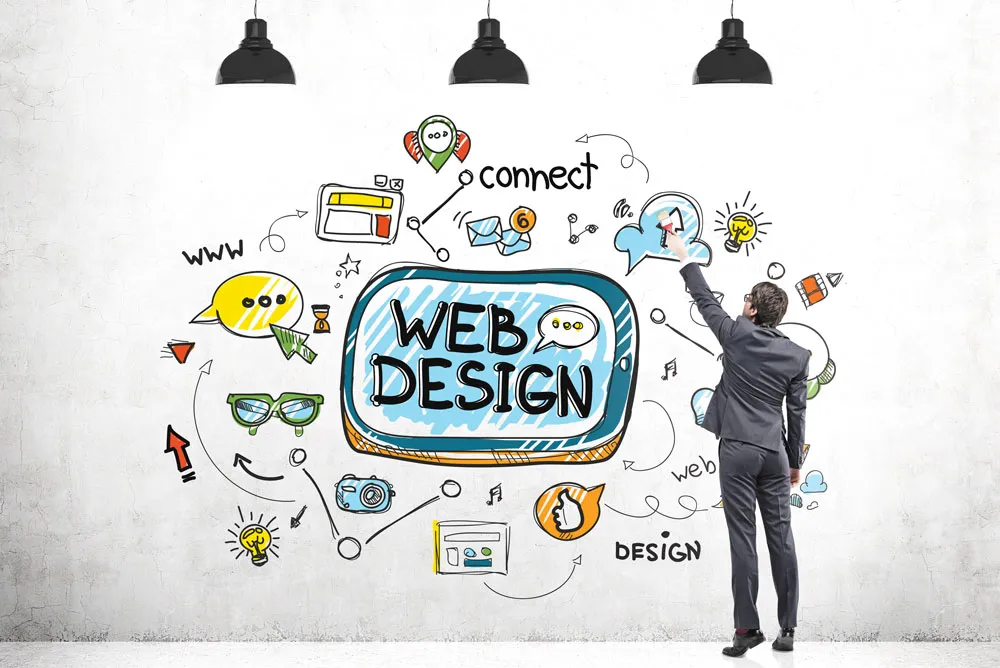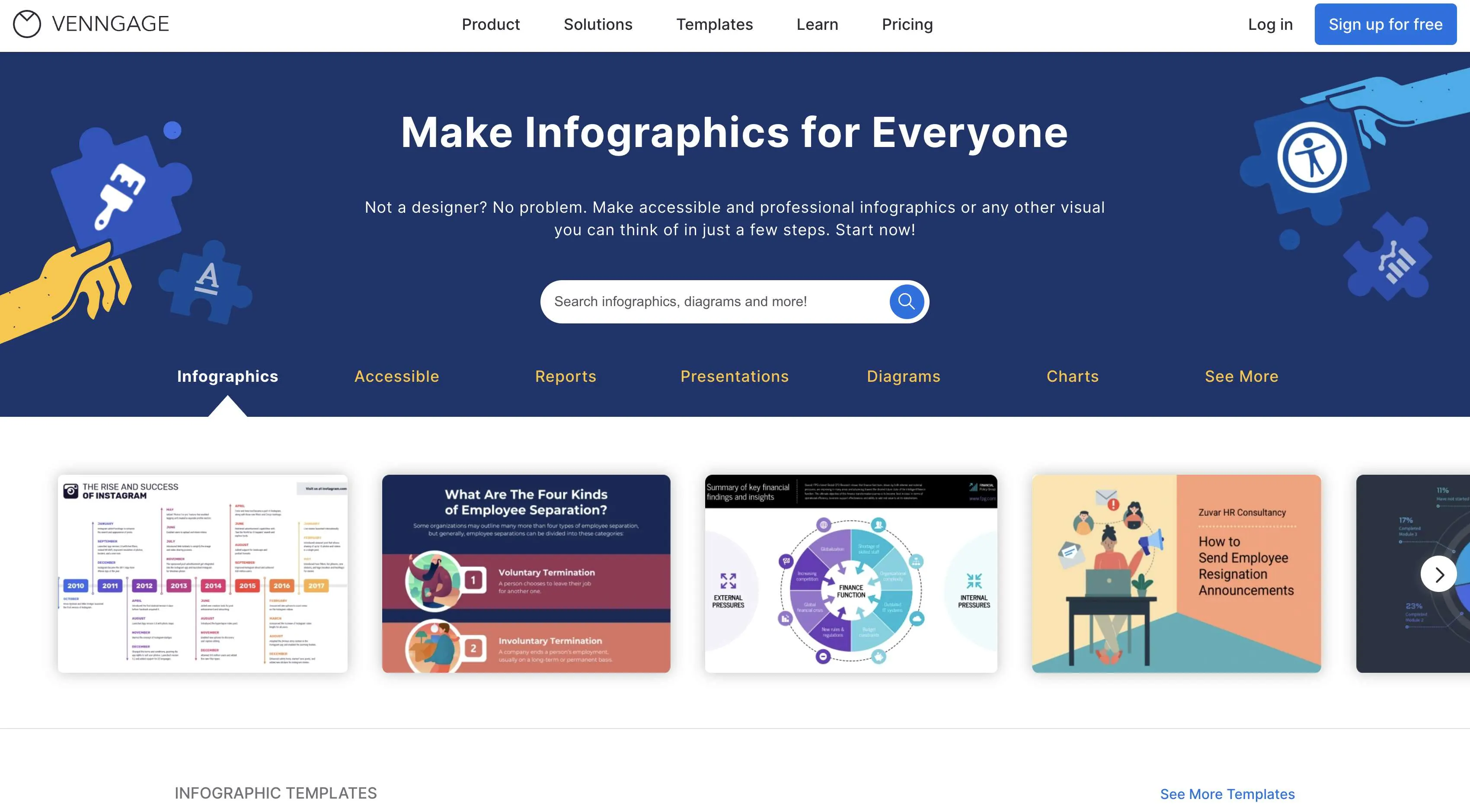Web Design Best Practices for Boosting Conversion Rates and Engagement
Comprehending User Experience: Secret Principles for Effective Web Layout
In the realm of internet style, recognizing individual experience (UX) is paramount to producing systems that not only attract but additionally keep customers. Key principles such as instinctive navigation and reliable feedback systems play crucial functions in fostering individual complete satisfaction. In addition, considerations for access make certain that all users can involve with the web content perfectly. The nuances of visual layout and the relevance of repetitive screening typically continue to be forgotten. As we explore these foundational aspects, it comes to be apparent that understanding UX is not merely an option but a requirement for success. What are the ramifications of disregarding these principles?
Significance of Individual Experience

In the world of web layout, one can not undervalue the significance of customer experience (UX) as an essential element that straight influences the success of a web site. When users run into a user-friendly and engaging interface, they are extra likely to discover the content, transform into clients, or share their experiences with others.
Moreover, the value of UX extends beyond plain aesthetic appeals. It incorporates the overall capability of a site, making certain that navigation is seamless and details is easily available. Internet sites that prioritize UX are typically regarded as more qualified and trustworthy, which can have a profound effect on conversion prices. On the other hand, poor UX can result in frustration, resulting in high bounce rates and shed possibilities.
Inevitably, purchasing customer experience is not simply a layout option; it is a calculated choice that can separate a brand in a congested market. By concentrating on UX, services can produce significant interactions that resonate with customers, leading the method for sustained success in the digital landscape.
Usability Principles
Reliable website design hinges on the application of essential usability principles that make certain an internet site is both useful and easy to use. Central to these concepts is the principle of intuition, where users can navigate the website easily without comprehensive instruction. Clear navigation frameworks, including constant layouts and well-labeled menus, enhance this user-friendly experience, permitting customers to find information promptly.

Uniformity is equally vital; preserving uniformity in style aspects, terminology, and procedures across the website assists to decrease confusion. Customers must not have to relearn just how to engage with various sections of the internet site.
In addition, error avoidance and healing are necessary for usability. Websites should be developed to lessen the opportunity of customer mistakes, and when blunders happen, clear and constructive error messages ought to guide individuals towards resolution.
Ease Of Access Considerations
Ensuring availability in website design is vital for developing comprehensive electronic experiences that satisfy all customers, including those with handicaps. Ease of access factors to consider involve developing web sites that accommodate diverse needs, allowing users with visual, acoustic, cognitive, or electric motor problems to navigate and engage successfully.
To achieve this, web designers need to follow developed standards, such as the Internet Content Access Standards (WCAG) These standards give a structure for making content perceivable, operable, understandable, and robust. Secret techniques include making certain enough color contrast, giving text choices for non-text web content, and guaranteeing keyboard navigability.
Furthermore, semantic HTML must be used to boost display reader compatibility, permitting individuals with aesthetic problems to understand the framework and meaning of content with ease. web design. Giving clear, concise instructions and making use of uncomplicated language can better boost use for people with cognitive specials needs
Routine accessibility testing, including actual customers with impairments, is important to identify obstacles and improve the customer experience. By focusing on accessibility, web developers not just follow lawful requirements but also foster a more fair digital landscape, eventually benefiting everybody via enhanced functionality and interaction.
Visual Design Components
A myriad of aesthetic layout elements plays an essential role fit customer understandings and experiences on a site. These elements include color systems, typography, layout, images, and whitespace, each adding to the general aesthetic allure and efficiency of a site.

Color design evoke emotions and can influence user actions; for example, warm shades might produce a sense of urgency, while awesome shades typically advertise peace. Typography, on the other hand, affects readability and can establish a brand's personality - web design. The option of font design Get More Info and dimension have to straighten with the internet site's objectives and target audience
Images, including pictures and icons, enhances storytelling and can significantly affect customer involvement. High-quality visuals create a sense of expertise, while poor-quality pictures may interfere with the user experience.
Layout and whitespace are similarly important, additional reading as they guide customers through the material. A well-structured design helps customers find details rapidly, while adequate whitespace prevents mess, facilitating an extra satisfying browsing experience.

Evaluating and Iteration
User testing and version are essential parts of a successful website design process. These methods allow designers to collect beneficial comments from actual customers, making certain that the last item meets their requirements and expectations. User screening involves observing just how real individuals interact with a web site, recognizing use issues, and recognizing individual actions. This direct responses is important in exposing discomfort points that might not be noticeable throughout the layout stage.
Iteration, on the various other hand, is the procedure of refining the design based on the understandings gained from user testing. By making step-by-step changes and re-evaluating the style, teams can enhance functionality, boost visual appeals, and maximize customer engagement. This intermittent approach fosters a culture of continuous enhancement, enabling developers to adjust to individual requirements and emerging trends successfully.
In addition, incorporating both individual testing and version into the design process results in find out this here even more educated decision-making and eventually leads to a more user-centered item. By embracing these concepts, internet designers can create extra instinctive, interesting, and effective experiences that resonate with their target market, ultimately driving greater user satisfaction and retention.
Verdict
In conclusion, user experience is a critical component of effective web layout, including use, accessibility, and visual factors to consider. Continual screening and version serve as important processes for dealing with and identifying individual discomfort points, making sure that web layouts continue to be versatile to evolving requirements.
In the world of web layout, understanding customer experience (UX) is paramount to producing systems that not only draw in yet likewise preserve users.In the world of web layout, one can not take too lightly the relevance of individual experience (UX) as a pivotal component that straight affects the success of a web site. Individual screening entails observing how real individuals connect with a site, identifying functionality issues, and understanding user actions.In final thought, user experience is an essential component of effective web style, including usability, access, and aesthetic considerations. Constant testing and version serve as essential processes for dealing with and determining individual discomfort factors, making sure that internet styles remain adaptable to evolving demands.